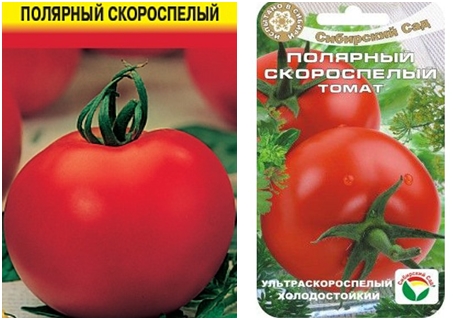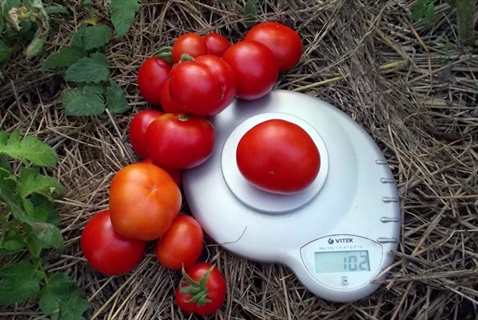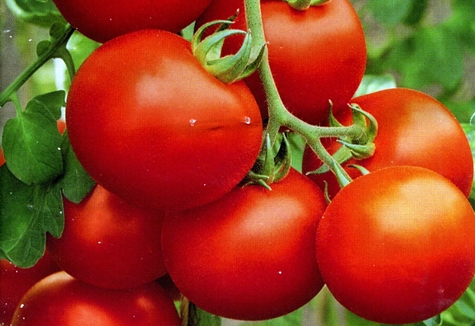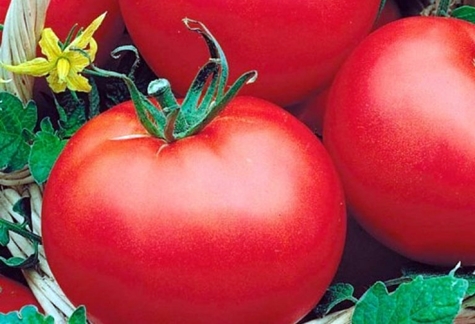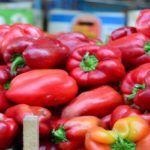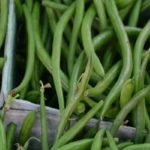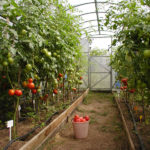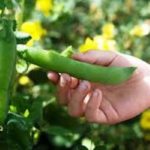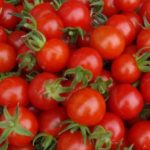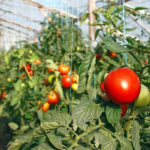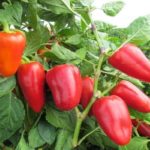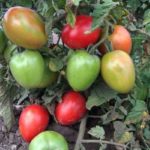Scientists and breeders have created many good varieties for the northern and central regions. One of the most popular is the Polar early ripening tomato. Polarnik is slightly inferior to him. Some people confuse them, believing that they are two names for the same thing. In fact, these are different varieties. The differences relate to the timing of ripening, the size of the bush and other characteristics.
Ultra early ripening variety
The tomato variety Polar early ripening belongs to the group of ultra-early ones. As the description on the seed packaging states, the period of time from full germination to the start of harvesting marketable products is 99-105 days.The variety was bred for cultivation in the northern regions, but subsequently gained popularity throughout the country. Its main advantages: unpretentiousness, good fruit formation, stable harvest in both dry and rainy years. You can hear only good reviews from everyone who planted this variety.
Mature bushes can withstand short-term cold snaps. Pollination and fruit set, depending on weather conditions, can be either good or satisfactory, but the yield in any case is not lower than 4-5 kg/sq. m. With careful care and regular feeding from 1 sq. m manages to collect up to 7-8 kg of marketable products.
The Polar early ripening tomato forms standard bushes of a determinate type, characterized by compactness and weak foliage. The height of the main stem usually does not exceed 30-40 cm. The inflorescences are of a simple type, the first is formed above the 7th leaf, the next - after 1-2 pairs of leaves.
With good care, the fruits grow quite large, weighing up to 160 g. The consistency of the tomatoes is fleshy, and they resemble an apple in shape. The taste is sweet, with slight sourness and a pronounced tomato aftertaste. The ability to ripen is good. Tomatoes collected at the blanzhe stage can be stored for 2-3 weeks, green ones - up to a month. Polar early ripening is good fresh and pickled. Sauces, caviar, tomato, paste, juice, purees, assorted dishes and other types of preserves are prepared from it.
Gardeners' favorite
Tomato Polarnik enjoys the well-deserved love of summer residents and gardeners. It belongs to the group of early ripening varieties, producing a harvest 92-102 days after germination. Can be cultivated both in open and closed ground.It works equally well when cultivated with seedlings and without seedlings. The bushes are semi-determinate, their height reaches 0.9-1.1 m. Tomatoes weigh from 120 to 150 g. To get a good harvest, you need to partially remove the stepsons.
Initially, this variety was grown in the northern regions and Siberia.
The fruits have excellent taste and presentation; the dry matter has an increased content of lycopene. The keeping quality is satisfactory. The variety is cold-resistant, the fruits set well in cold and damp weather, the plants can withstand short-term cold snaps of up to +1 degree. Ripe and blanched tomatoes are consumed fresh, they are used to make various preserves, juice, puree and tomato.
Growth and development
These tomatoes are zoned for cultivation in the northern and central regions. The fact that they are not recommended to be planted in the south is not due to the whim of breeders, but to objective reasons. Like many northern varieties, these tomatoes form bushes with a small area of foliage located slightly sideways. This feature is needed so that in the short northern summer, with a lack of sunny days, the fruits receive more light and can ripen.
In the south, under the scorching sun, a small area of foliage on Polar early-ripening tomatoes will cause the plants to quickly age, and the crop will not have time to form. This applies to the varieties Polar early ripening, Polarnik and many others bred for harsh climatic conditions.
How to get a good harvest
The quantity and quality of the future harvest, as well as susceptibility to diseases and pests, depend on compliance with the rules of agricultural technology. The latter often affect weak plants.Gardeners use various techniques to ensure good growth, development and smooth ripening of fruits. With proper care, there will be no pests on the tomato.
First you need to buy quality seeds. The packaging must be sealed, with a specified expiration date, the seeds must be smooth, of characteristic size and color. Lightweight and puny seeds do not produce a good harvest. After opening the bag, you need to pay attention to the presence of an unpleasant odor. If it is, the planting material is not suitable.
High-quality seeds are hardened at a temperature of 0 °C. To do this, they are placed outside or in the refrigerator, where they are kept for 15 hours. This procedure stimulates the processes inside the seeds, as a result they germinate faster. The fruits ripen on average 10-14 days earlier. Caring for seedlings is common, but there is one peculiarity: you should not neglect feeding and skimp on growth stimulants. Early ripening varieties should receive everything they need at a very early stage, then in the future they will not lag behind in development.
Seedling method
Seedlings allow you to delay the harvest time by 5-10 days. First, the seeds are sown in containers, then planted, and when warm weather arrives, they are planted in the ground.
Seedless method
The advantage of sowing immediately in a permanent place is that the plants are stronger and more resistant to infections and pests. The harvest will ripen at the usual time. The swollen seeds are sown in holes, 3-4 at a time, and the soil is kept moist until germination. When the plants sprout and produce 2-3 pairs of true leaves, the weak ones are removed, leaving one bush in the hole. Then they take care as usual. With the onset of cold weather, tomatoes are covered with film or non-woven material.

